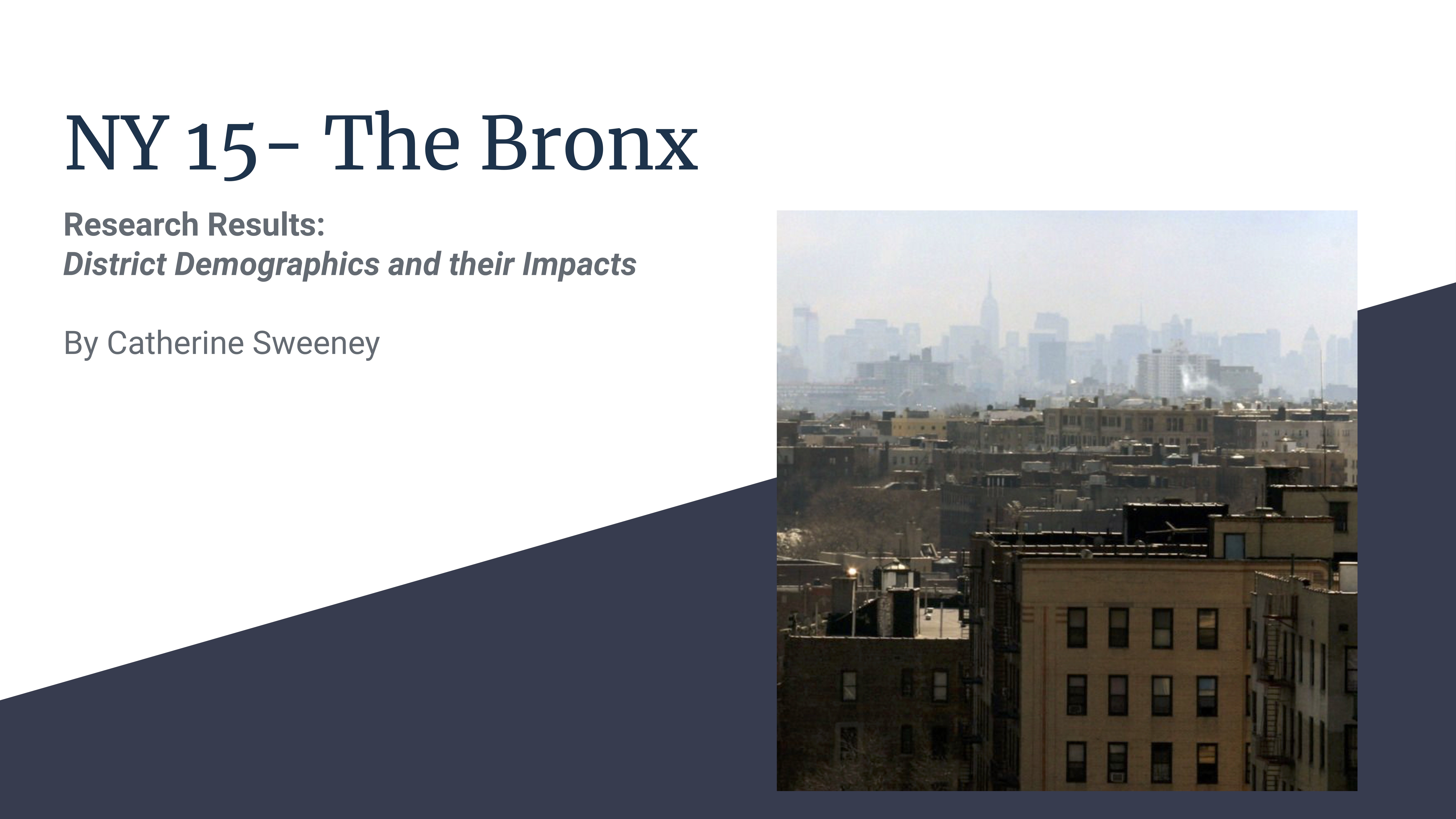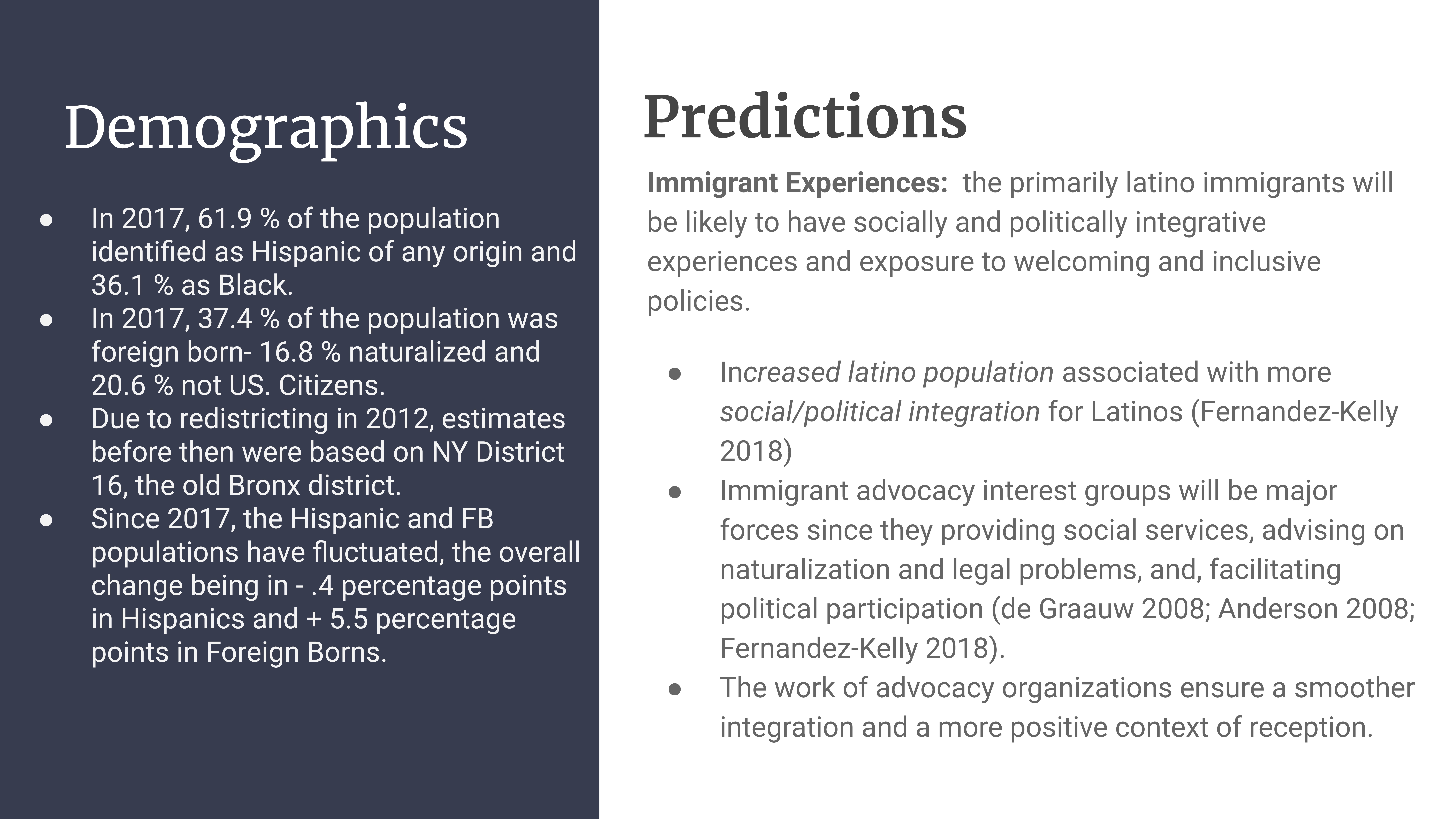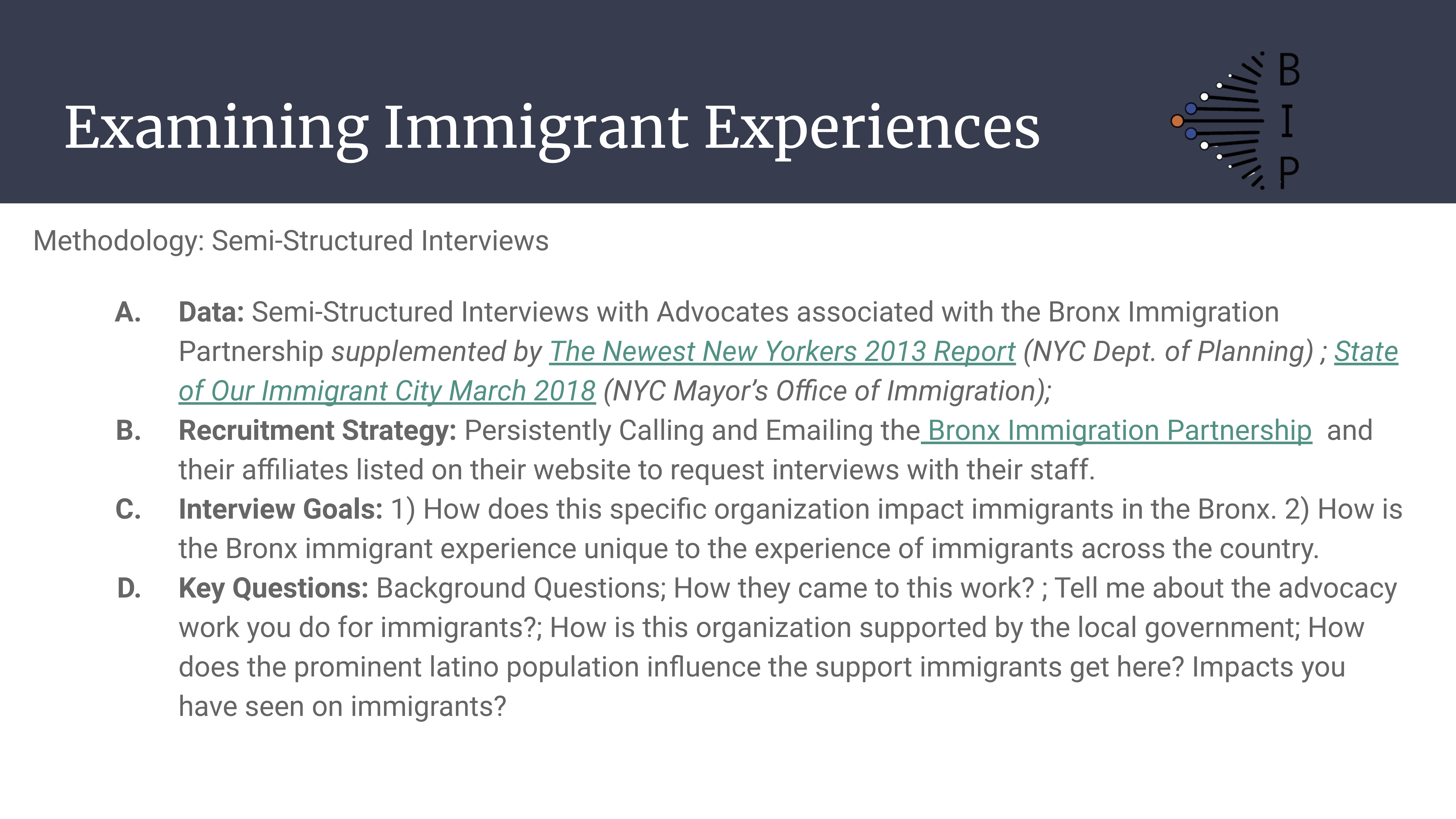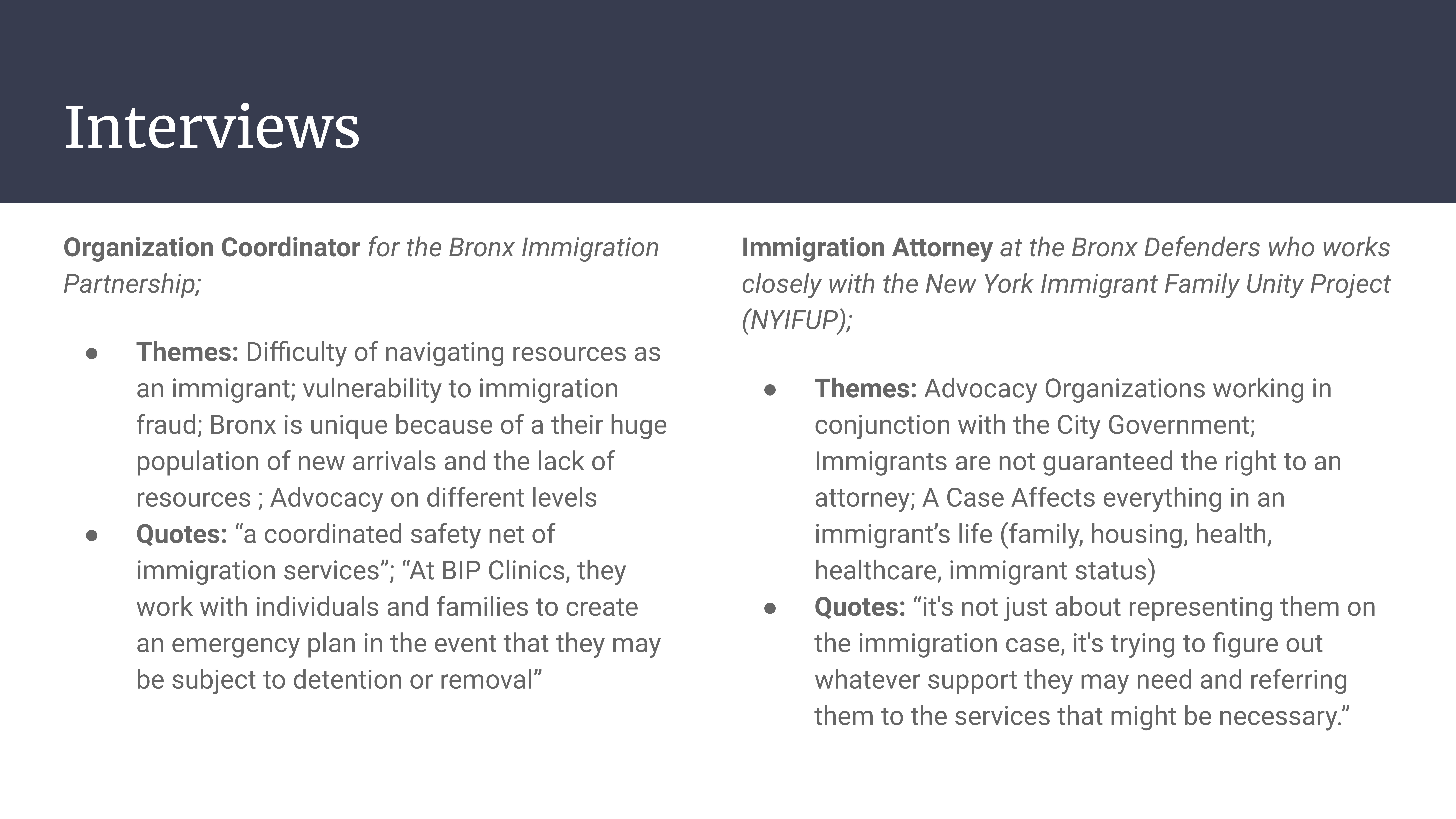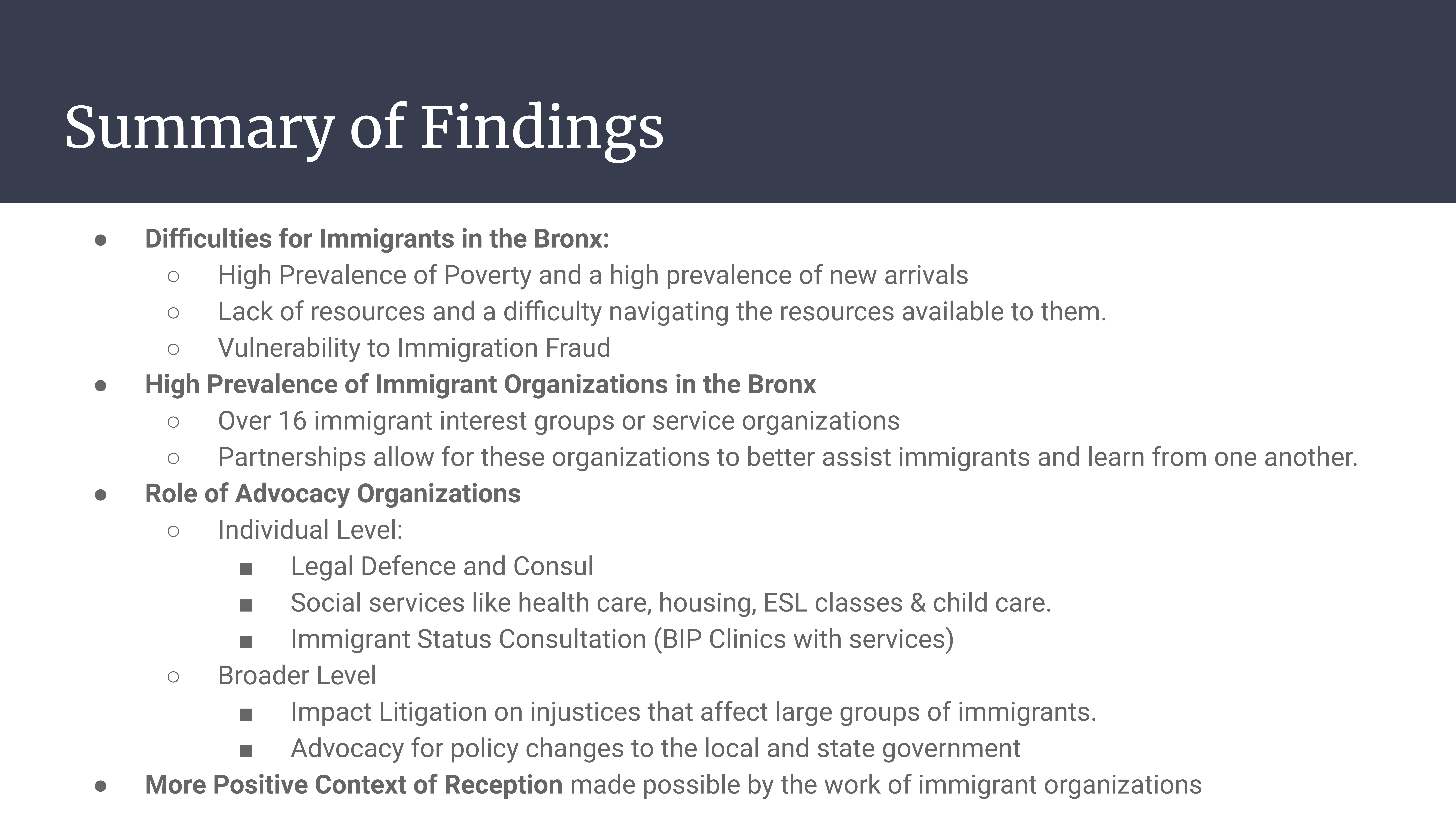SUMMARY: For the final project, I decided to write an op-ed addressing how I felt my district’s representative should act on the issue of immigration. While completing the first two assignments, I observed that Mikie Sherrill was very active in regards to some issues (healthcare, taxes, gun control, infrastructure) but had almost nothing to say about immigration. In my op-ed, I argue that she should support different types of policies in order to increase her negotiating power in Congress. Since Democrats support permissive policies and Republicans support restrictive ones, Sherrill can increase her ability to work within and outside of her party by supporting bills that contain both of these aspects. Secondly, I argue that Sherrill can speak more convincingly about why immigration is good in order to help herself and the immigrants of NJ-11.
Sometimes, Less is Not More: Why Mikie Sherrill Should Speak Out on Immigration
Pete Buttigieg has already made a name for himself by becoming the first openly gay candidate to run for the Democratic party in a presidential election, but his numerous accolades make him stand out even more. As a Rhodes Scholar, Harvard graduate, former war veteran, and someone who can speak seven different languages, Buttigieg has already accomplished more in his lifetime than many of today’s most esteemed politicians. Unfortunately, Buttigieg’s remarkable resumé hasn’t been able to compensate for his lack of specific policy proposals. When questioned about this on CNN last month, he responded by stating that he wanted to communicate his values without “drowning people in minutiae”. This certainly sounds eloquent, but at the end of the day it does not get the job done. House representative Mikie Sherrill could learn a lesson from Mayor Pete Buttigieg when it comes to immigration, as it has not been an issue of focus for her so far. If Mikie Sherrill advocates for permissive and centrist immigration policies in addition to positively speaking about the issue to the residents of New Jersey’s 11th Congressional district, she has the potential to strengthen both her political and social power.
For years, border security and immigration reform have been issues that divide Democratic and Republican politicians along party lines. In an analysis of House and Senate voting records for four border enforcement bills that were passed in 2005 and 2006, Jason Casellas and David Leal found a statistically significant correlation between party affiliation and voting choice: Democrats were more likely to vote against these bills, while Republicans were more likely to vote in favor of them. It is no secret that the Democratic party has become more liberal while the GOP has seen an influx in conservatism, and these shifts are part of the reason why partisanship – which has essentially become synonymous with political and moral ideology – strongly governs the majority of representatives’ opinions. Consequently, many discussions involving immigration focus on one party opposing the other’s proposals, instead of putting differences aside and creating effective reform.
By openly and strongly advocating for policies that remove the hurdles immigrants must overcome to become citizens, Mikie Sherrill can align herself with her party’s liberal interests and make other progressive Democratic representatives more interested in working with her on the issue. However, Sherrill should still continue to display support for immigration policies containing aspects of permissiveness and reinforcement in order to increase Republicans’ likelihood of cooperating with her. This would allow Sherrill to act as a bridge between the two parties, which is important given that Democrats and Republicans in Congress this year have had difficulty reaching compromises on immigration reform. Increased cooperation would lead to a decrease in the effect of partisanship on voting choice, which could pave the way for common-sense legislation that is sympathetic to immigrants’ needs and citizens’ concerns.
Secondly, I believe that Mikie Sherrill should utilize more rhetoric that empathizes with the needs of immigrants and highlights their assets if she wants to remain popular amongst Democratic voters in NJ’s 11th congressional district. So far, she has demonstrated a moderate attitude towards immigration: in an August 2018 press release, she stated that she wants to “solve our immigration crisis by fixing our broken system and securing our borders”. Although her statement hints at legitimate desires, political psychology research demonstrates that statements without a clear position can harm her chances of re-election. In a study headed by Kerri Milita, participants who read fictitious statements from fictitious candidates reported feeling more certain about how the candidate would vote when the statements were clear (as opposed to when they were ambiguous). These results indicate that members of her Democratic base who are passionate about immigration reform may feel less confident about her ability to act on the issue given her previous statement, which could negatively affect her public approval and polling results. This is already supported by their current attitudes, since immigrant rights advocacy groups in NJ-11 have already called Sherrill out for not taking a more liberal stance on family reunification policies.
By avoiding ambiguous statements, Mikie Sherrill will have the power to foster positive relationships between native-born and foreign-born citizens. New Jersey’s population has the third highest percentage of immigrants, which clearly makes their social and economic success in our state an important issue. Their well-being hinges upon their ability to integrate into American society – which in turn is dependent on their ability to interact with other non-immigrants in a healthy manner. In a recent political science experiment, participants who engaged in a perspective-taking exercise from a refugee’s point of view were more likely to support the resettlement of Syrian refugees than participants who were just shown information about American resettlement policies. Those in the first condition demonstrated a noticeable increase in empathy and respect for immigrants, which has the capability of positively affecting their social behavior around immigrants.
If she shares firsthand stories of immigrants in NJ-11 and stresses their desire to achieve the quintessential ideals of the American dream, she will essentially be carrying out a similar perspective-taking exercise on their behalf. By making specific and positive immigration rhetoric a mainstay of her town hall meetings, Mikie Sherrill can set the stage for an unprecedented increase in pro-immigrant attitudes among native-born residents, which could potentially result in their compassionate and welcoming behavior towards immigrants. These friendly interactions are vital for immigrants who have not yet established strong social networks, and they can also work to counteract any negative perceptions of immigrants held by conservative citizens.
Admittedly, I do not want to convey a lack of support for Mikie Sherrill with my arguments. It is wonderful that our district is being represented by a Democrat for the first time since 1985, and I appreciate the work she has done in Congress to advocate for our veterans. But given our president’s support of nativist sentiments and my own background as a first-generation Ethiopian-American, I cannot remain satisfied with my congressional representative’s current treatment of immigration policy reform.
